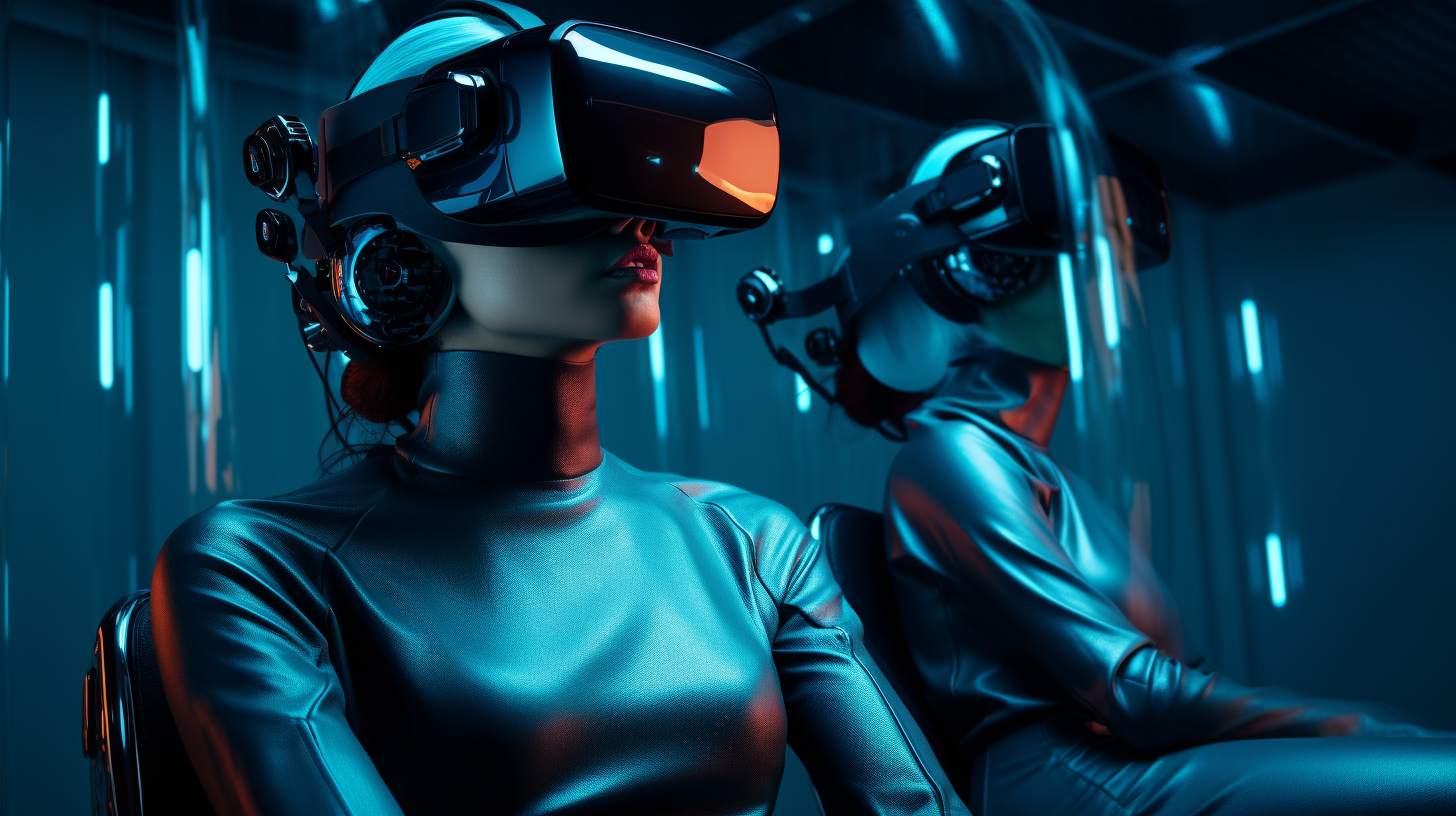 Revolutionizing Virtual Reality: How ‘HotGestures’ Enhances VR Interactivity
Revolutionizing Virtual Reality: How ‘HotGestures’ Enhances VR Interactivity
In a groundbreaking advancement in virtual reality (VR) technology, a team of researchers from the University of Cambridge has developed a novel application named ‘HotGestures,’ transforming the way users interact within virtual environments. This innovative system utilizes machine learning to enable users to control and manipulate tools in VR solely through hand movements, offering a seamless and intuitive user experience.
Introducing ‘HotGestures’: A New Era in VR Interaction
The concept of ‘HotGestures’ is akin to the familiar hotkeys used in desktop applications, but with a significant twist. This system allows users to create and manipulate figures and shapes in VR without the need for traditional menu interactions. Such a feature not only streamlines the creative process but also helps maintain uninterrupted focus and flow during tasks.
The development of ‘HotGestures’ marks a significant milestone in realizing the long-held cinematic vision of ‘superhuman’ capabilities in VR. It’s a leap forward from the conventional VR experience, which often requires physical controllers or extensive menu navigation, limiting the immersive experience.
The Limitations of Current VR Technologies and the Advent of ‘HotGestures’
Despite VR’s potential, its adoption beyond gaming has been slow, hindered by factors like visual fatigue and ergonomic challenges. Professor Per Ola Kristensson from Cambridge’s Department of Engineering, who spearheaded the research, highlights that traditional VR experiences often don’t offer significant advantages over real-world interactions. ‘HotGestures’ aims to address these limitations by integrating more natural and intuitive control mechanisms.
Unlike traditional hotkeys, which depend on memorized shortcuts, ‘HotGestures’ allows users to activate tools in VR through simple hand gestures. For instance, a cutting motion summons a scissor tool, while a spraying gesture brings up a spray can. This method eliminates the need to remember specific commands or navigate menus, enabling a more fluid and uninterrupted creative process.
Research, Development, and Practical Application
The researchers developed a specialized neural network for gesture recognition, capable of differentiating between ten distinct gestures associated with 3D modeling. This system ensures accurate recognition of commands without false activations, distinguishing between intentional gestures and normal hand movements.
Initial studies involving ‘HotGestures’ have demonstrated its efficacy and user-friendliness, with participants finding it to be a fast, distinctive, and complementary addition to traditional menu-based interactions.
Towards a New Paradigm in VR Interaction
Professor Kristensson envisions ‘HotGestures’ as a pioneering approach in VR interaction, moving away from outdated metaphors like the filing cabinet, and towards more immersive and powerful user experiences. This innovation is not just an enhancement of current VR systems, but a step towards endowing users with abilities beyond the scope of traditional input devices.
In an effort to foster widespread adoption and continual innovation, the University of Cambridge team has made the source code and dataset of ‘HotGestures’ publicly available. This move is intended to inspire VR application designers to integrate this technology, potentially setting a new standard in VR interaction.
Conclusion: The Future of VR Interactivity
‘HotGestures’ represents a paradigm shift in how we interact with virtual environments. It’s not just an improvement over existing systems; it’s a visionary approach that redefines the possibilities of VR. As this technology integrates into more applications, it promises to unlock new levels of creativity and efficiency, making VR an even more compelling and immersive experience.
With ‘HotGestures,’ the future of VR is not just about visual immersion but about intuitive, natural interaction that brings us closer to the realization of VR’s full potential.

